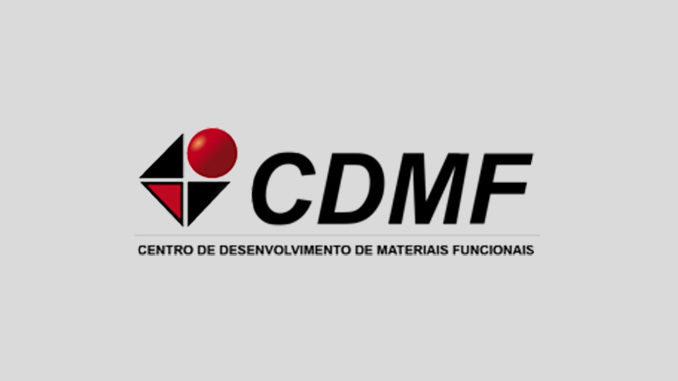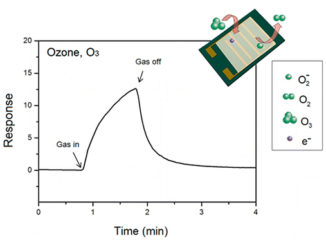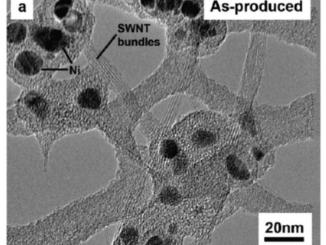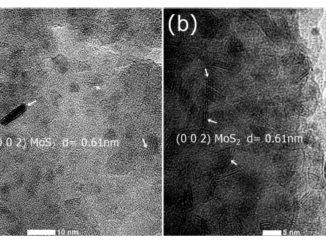
Writers: Silvia Leticia Fernandes; Bruna Andressa Bregadiolli; Anna Christina Véron; Frank A. Nüesch; Maria Aparecida Zaghete; Carlos Frederico de Oliveira Graeff
Keywords: solar cells; deposition method
Abstract: CH3NH3PbI3 perovskite solar cells are one of the most exciting technologies in the renewable energy field, resulting in over 20% power conversion efficiency. Deep understanding of the working principle is now required to turn the high efficiency solar cells into a reliable technology. In this work we have explored the role of deposition method on the crystallinity of perovskite films and its influence on the hysteresis behavior of the current-voltage characteristics. In addition Nb2O5 was used as hole blocking layer and its influence is also discussed. We have found that hysteresis is strongly dependent on both; perovskite deposition method and Nb2O5 thickness. The ideal condition where the hysteresis is suppressed or minimized was achieved by using the sequential deposition method for the perovskite semiconductor and a hole blocking layer of 50 nm. © (2016) COPYRIGHT Society of Photo-Optical Instrumentation Engineers (SPIE). Downloading of the abstract is permitted for personal use only.




